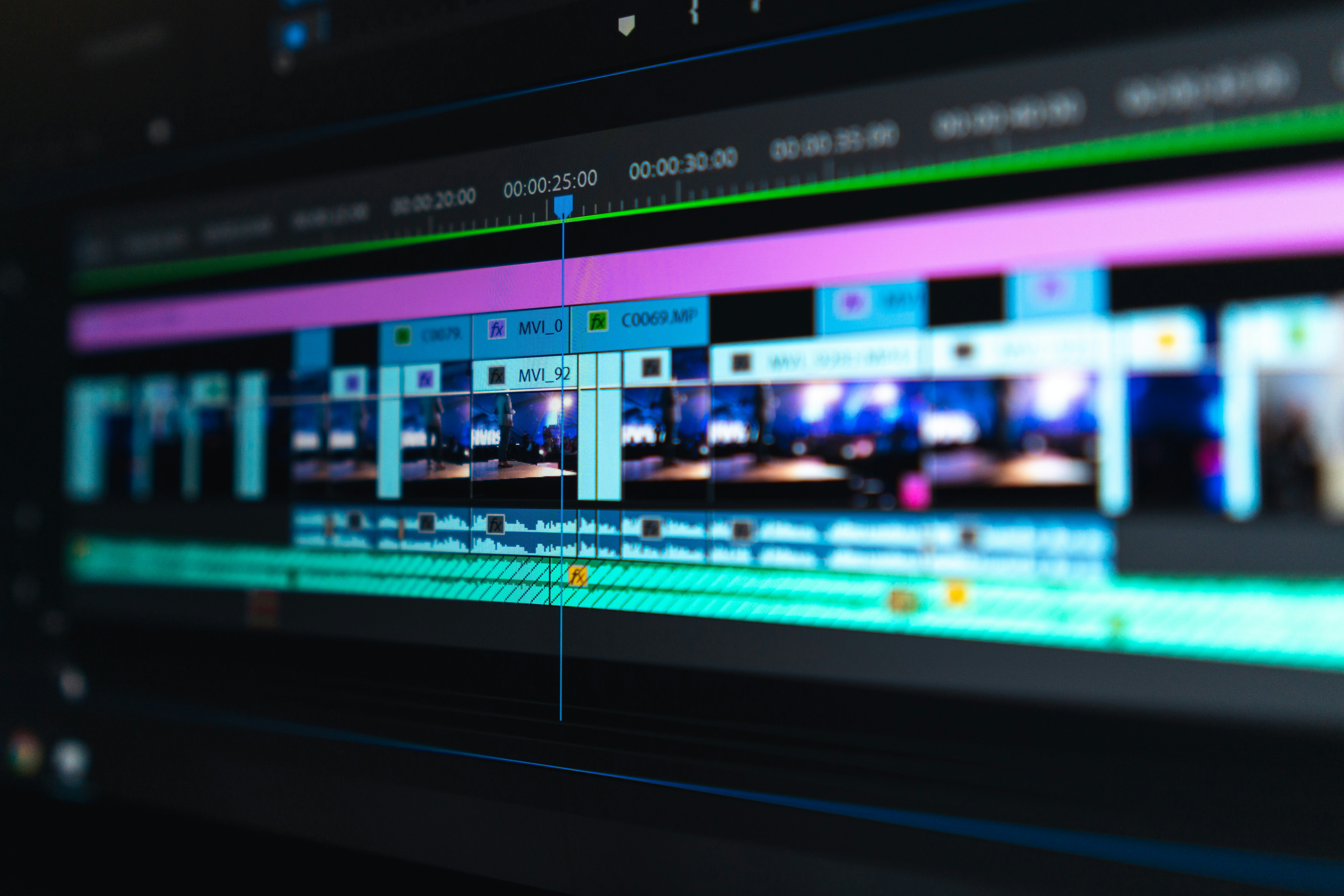Visual storytelling is a powerful tool in video production, transforming simple shots into engaging narratives.
And integrating film effects enhances this storytelling, making your videos more captivating and professional.

We’re not talking marketing now. We’re talking filming like the filming guys, video experts Slinky Productions ↗️ do.
Here’s how to do this integration effectively.
First Thing First – Understand the Film Effects
Film effects are post-production techniques that enhance your video’s visual style.
These techniques include:
-
Color Grading: Adjusting the video’s color palette to alter mood and style.
-
Lighting Effects: Manipulating light to add depth, focus, or drama.
-
Digital Compositing: Combining multiple elements from different sources to create a single image.
Why Use Film Effects?
Film effects elevate the visual quality of your video, helping to:
-
Convey Emotions: Create emotional responses through visual cues.
-
Set the Tone: Establish a feeling or atmosphere for your narrative.
-
Stand Out: Differentiate your content in a competitive market.
Key Film Effects to Use
Color Grading
-
Choose Your Software: Use tools like DaVinci Resolve or Adobe Premiere Pro.
-
Set Your Baseline: Apply a neutral grade to balance out the footage before applying creative grading.
-
Select Your Look: Decide on a color scheme based on your video’s theme—warm for nostalgia, cool for somberness.
-
Adjust Your Grades: Modify exposure, contrast, saturation, and color balance to achieve your desired look.
-
Use Reference Images: Match your grades to reference images that capture the mood you’re aiming for.
Lighting Effects
-
Identify the Mood: Choose your lighting based on the mood of the scene—dramatic, eerie, joyful.
-
Setup Lighting: Configure your lighting setup during the shoot, using tools like spotlights for focused lighting or soft boxes for diffused lighting.
-
Enhance in Post: Enhance or adjust lighting in post-production with software capabilities, emphasizing shadows or highlights.
-
Use Filters and Overlays: Apply light filters and overlays in editing to enhance or soften light effects.
Digital Compositing
-
Plan Your Shots: Shoot with compositing in mind, using green screens or clear separation of foreground and background elements.
-
Choose Compositing Software: Use After Effects or Nuke for compositing.
-
Layer Your Elements: Stack visual elements in layers, adjusting their position, scale, and rotation to match the scene.
-
Apply Masks and Mattes: Use masks and mattes to seamlessly blend elements.
-
Add Effects: Integrate additional effects like shadows, glows, or particle effects to enrich the composition.
Incorporating Film Effects into Your Workflow
During storyboard development, outline the specific film effects you plan to use.
This foresight not only informs your shooting strategy but also streamlines your post-production process by setting clear intentions for each scene.
Then, we’re doing the real thing:
Shooting
Adapt your shooting techniques to align with the planned post-production effects. Utilize green screens to simplify the integration of digital composites.
Employ specific lenses and filters that aid in achieving the desired color palette right from the capture phase, reducing the workload during color grading.
Post-Production Tools
Select post-production software that supports the range and complexity of your desired effects.
-
Adobe Premiere Pro: Ideal for editing and color correction, offering comprehensive tools for refining your video’s visual aesthetics.
-
Adobe After Effects: Best for advanced compositing and creating animated graphics, allowing for intricate visual effects and motion designs.
-
Familiarization: Invest time in mastering these tools to fully utilize their capabilities in enhancing your footage, ensuring you can execute complex effects with precision.
Best Practices for Effective Results
Exercise restraint with film effects.
Their role is to support and enhance the visual narrative, not overshadow it.
Subtle adjustments often yield the most professional and impactful results, maintaining focus on the story rather than the technique.
Focus on Story
Every effect implemented should serve the story, contributing to the development of the narrative or the emotional journey of the characters.
Prioritize storytelling over visual spectacle to ensure the effects fulfill a narrative purpose.
Continuously Learn and Experiment
Stay abreast of advancements in video technology and post-production techniques. Regularly experiment with new tools and methods to discover what best enhances your storytelling.
This continuous learning will keep your work innovative and relevant.
Implementing these practices allows you to effectively integrate film effects into your video projects, enhancing storytelling through thoughtful visual enhancements without detracting from the core narrative.